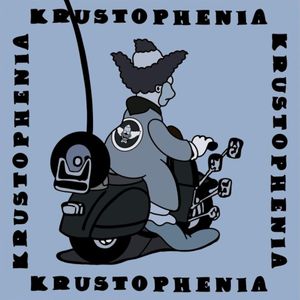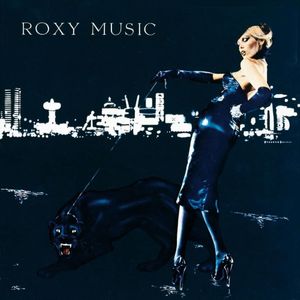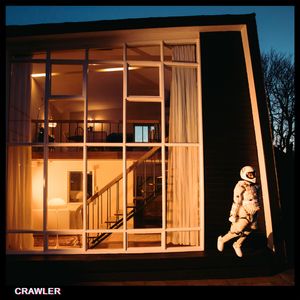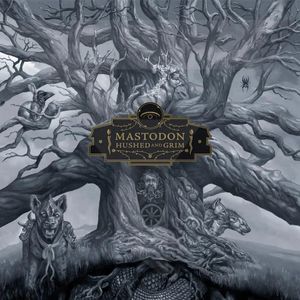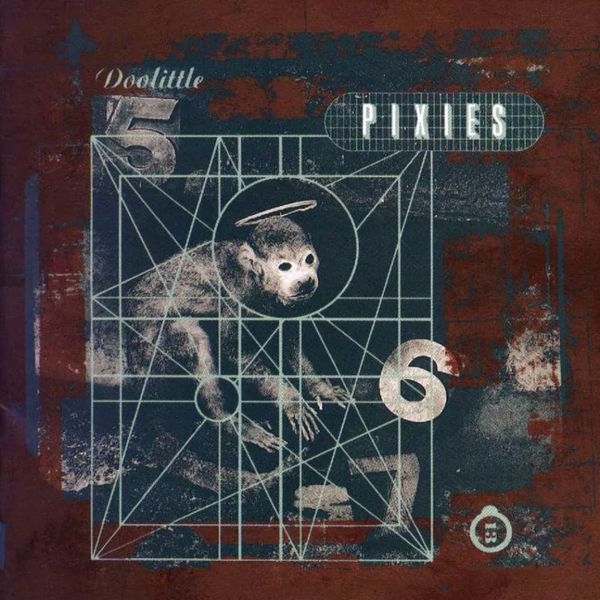Daydream Nation
Sonic Youth
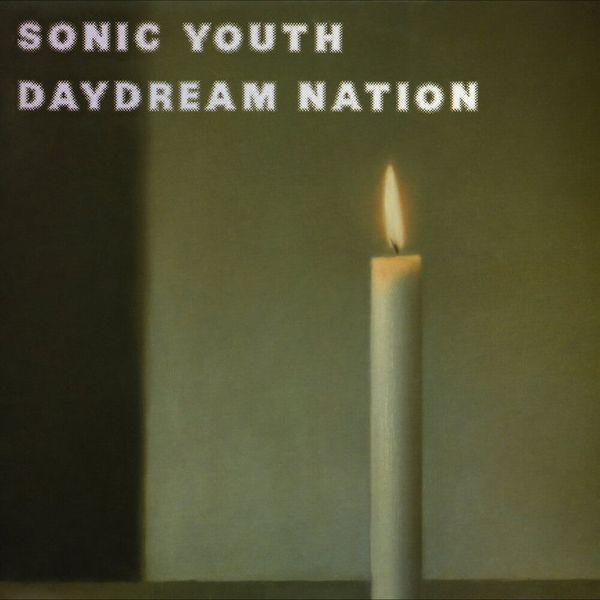

Essential Tracks
- The Sprawl
Favourite Tracks
- Teen Age Riot
- Candle
André
Sonic Youth’s fifth studio album, Daydream Nation, celebrates its 30th anniversary this month; a sprawling work that has served as a major influence for many of today’s finest acts working in alternative and indie rock. Noisy avant-rock with cathartic vocals and bold, punkish statements is usually an instant win for me, but connecting with the record in any meaningful way has proven difficult for me.
I hear strong measures of Wolf Alice, Beck, Nirvana, and My Bloody Valentine, so I can appreciate the legacy that Daydream Nation left behind. Unfortunately, the album mostly serves as a personal inspiration to listen to Visions of a Life and In Utero. It earns my utmost respect, rather than securing a place in my musical heart.
One thing’s for sure, the formula here undoubtedly works. The balance between clever songwriting and crafted noise is spot on, and there’s a huge affirmation of punkish, anti-establishment values that is still proving poignant today. The prolonged jams are joyful, and the guitar interplay between Thurston Moore and Lee Ranaldo is a constant highlight. The overall vibe is a very good one, and I wish I loved it more.
To me, Daydream Nation feels like a relative triumph rather than an unequivocal masterpiece. It’s an extremely long album, but not quite rousing enough to warrant such a length. There are different moods and degrees of character to Daydream Nation, but they’re simply not strong enough. More importantly, the way in which the album is mixed and produced doesn’t allow the music to be as dramatic or as dreamy as it strives to be. It’s both enjoyable and frustrating at the same time.
For many long-time listeners, Daydream Nation stands proud as one of their all-time favourite rock albums of all time. As ever, context is everything, and it clearly made a huge critical splash back in 1988. As an artistic statement, I realise that the release of Daydream Nation was a major point in rock music, and I am forever thankful. I just wish I could love it the way others do. The album opens well, and the concluding trilogy of songs are pretty wonderful too. As for the rest, I regrettably get lost in a haze. An entertaining one, albeit not totally absorbing.
Favourite tracks //
- Teen Age Riot
- The Sprawl
- Trilogy: A) The Wonder
Fred
Once upon a time, the hunched and hairy fella in the middle of evolution-of-man diagrams was the most advanced lifeform around. Today, he looks rather unkempt and probably smells dreadful. That’s been my experience of Daydream Nation, an album that looms large over so much music I hold dear. It sounds like an stepping stone for better versions of itself.
The guitar work meanders, the mix has the murky, cluttered feel of a polluted river, and the vocals are shouted rather than sung. This is a winning formula for many an album — Doolittleand Nevermind to name a couple — but here it isn’t nearly as incisive.
I hesitate to call this a ‘problem’ with Daydream Nation, because the record clearly doesn’t want to be otherwise. From the unravelled instrumentals to the tongue-in-cheek packaging, it’s a kind of anti-epic; 70 minutes of exploratory rock with a flagrant disregard for pacing or commercial viability. When Kim Gordon says ‘fuck you’ in “The Sprawl”, it’s not shocking, nor is it an eye-roller. You just nod and say, ‘ok, tell me more.’
Noisy and arty to the nth degree, Daydream Nation will always find an adoring audience — I just wish I could be part of it. There’s no question Sonic Youth were pioneers of sorts, but listening to them today I can’t help but feel the frontier has outstripped them.
Favourite tracks //
- Candle
- Teen Age Riot
- The Sprawl
Andrew
Daydream Nation falls into a blind spot of mine. Adored by fans, met with critical acclaim, and influencing its successors, I feel like I must be missing something here. There’s certainly nothing to hate on this tracklist by any means. “Teen Age Riot” is a solid opening to proceedings, bringing with it a memorable chord progression from thickly toned guitars, and “The Sprawl” starts as a brooding canter that simmers into whirling noise in its second half. Later on, “Eric’s Trip” is another driving force that has glimmers of rock from the decade before, and “Candle” takes a total diversion with cleaner, twinkling guitars in tow.
But for every moment I enjoy, I find others that don’t hit the mark, and at the length of many of these tracks and the tracklist as a whole, I’ve found myself left cold, waiting for the track to wrap. Those tracks that stretch out often break out into jams that sound like a lot of fun to perform, but rarely warrant their length, especially by the time you arrive at the third or fourth track that follows a similar path. The album’s production doesn’t help either, often leaving the bass lines without weight and detracting from the satisfying noise the crunchy guitars should be making.
“Providence” and “Candle” both make for points of interest on the album by taking noticeably different tacts, but sitting around the forty minute mark you’d be forgiven for missing them. “Z) Eliminator, Jr” is the only other point of note for me. A short, sharp, hypnotic, pulsing, killer of a closing track, I would have loved to hear more like it from the album as it returns an energy to the album that has no business being there in its seventieth minute.
It’s frustrating to see such high praise and not be able to sit alongside and join in with it. Daydream Nation has made a considerable impact on rock music and it’s clear that it was a revelation at its release, but most of the tracklist doesn’t strike me in the same way. There are definitely moments of interest and fun to be had, but I’ll likely be picking at odd tracks than returning to this in full.
Favourite tracks //
- Trilogy: Z) Eliminator, Jr
- Candle
- The Sprawl


